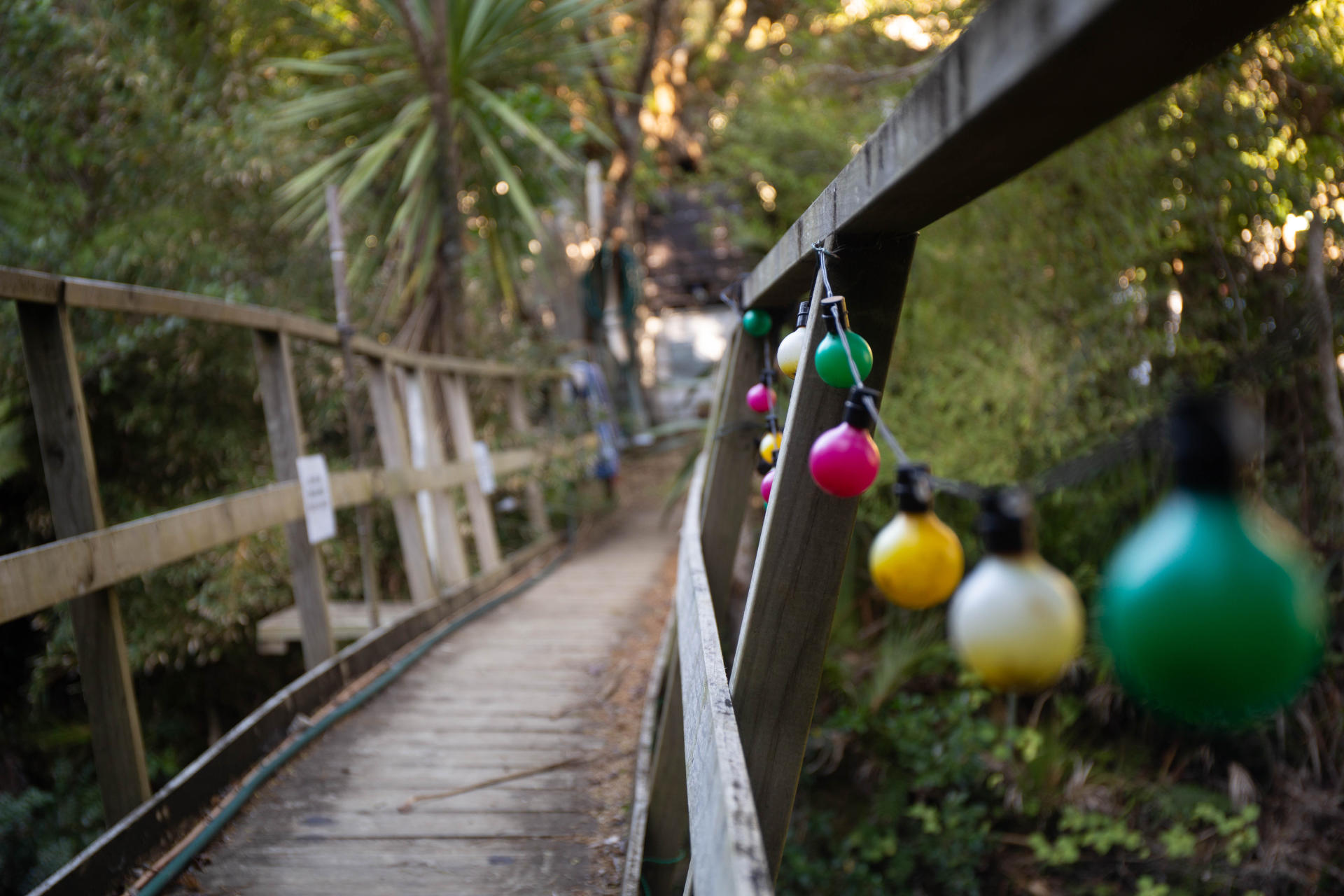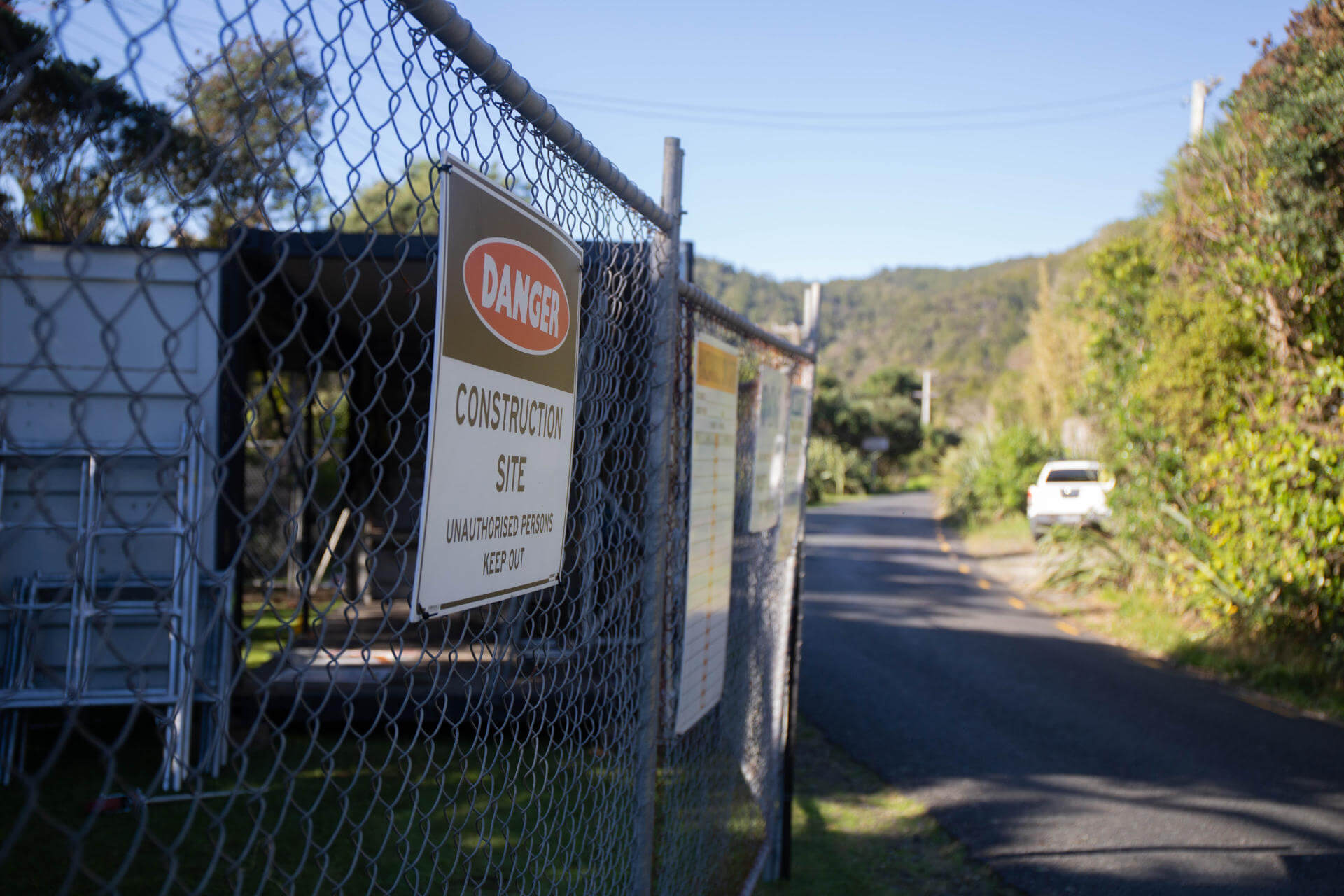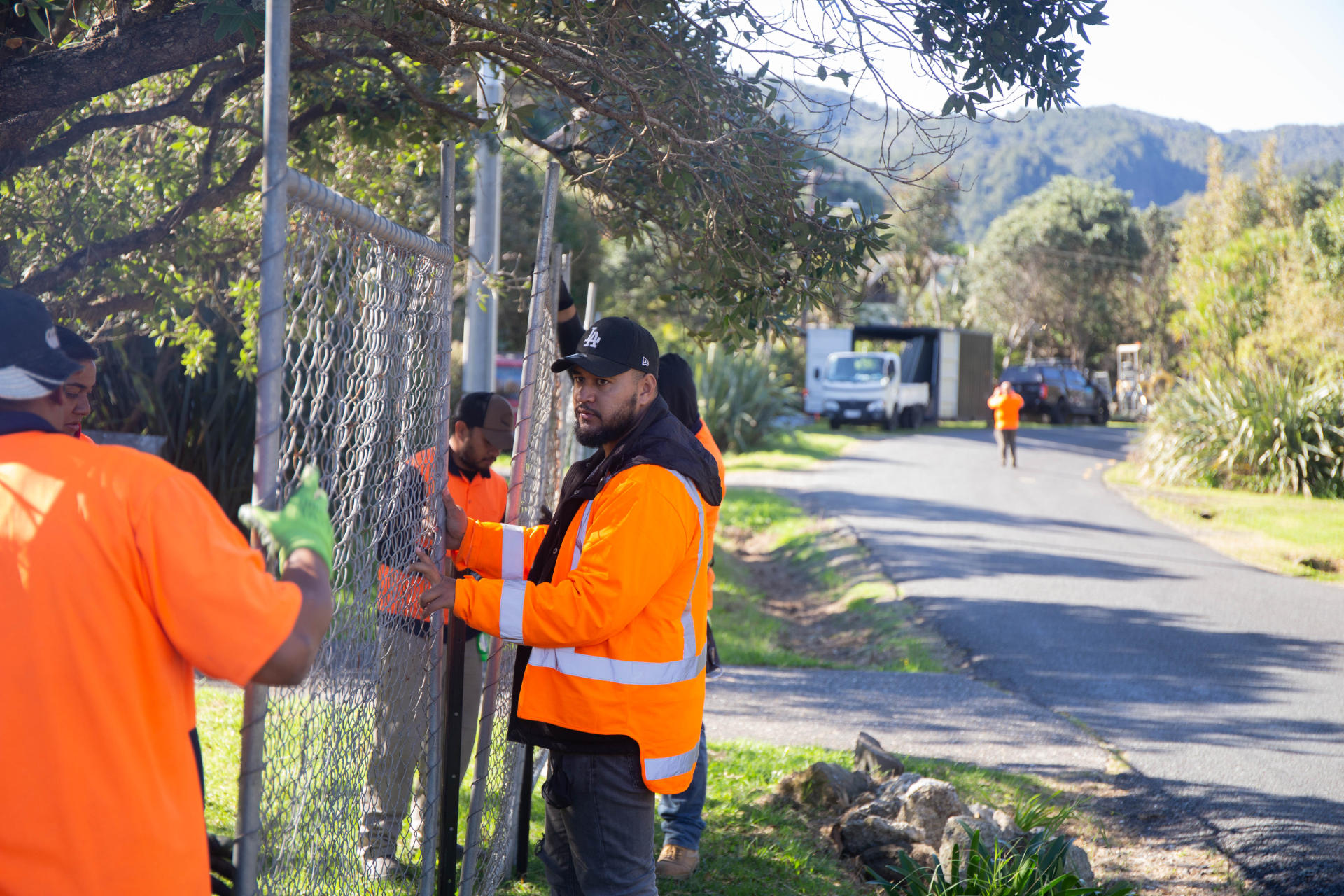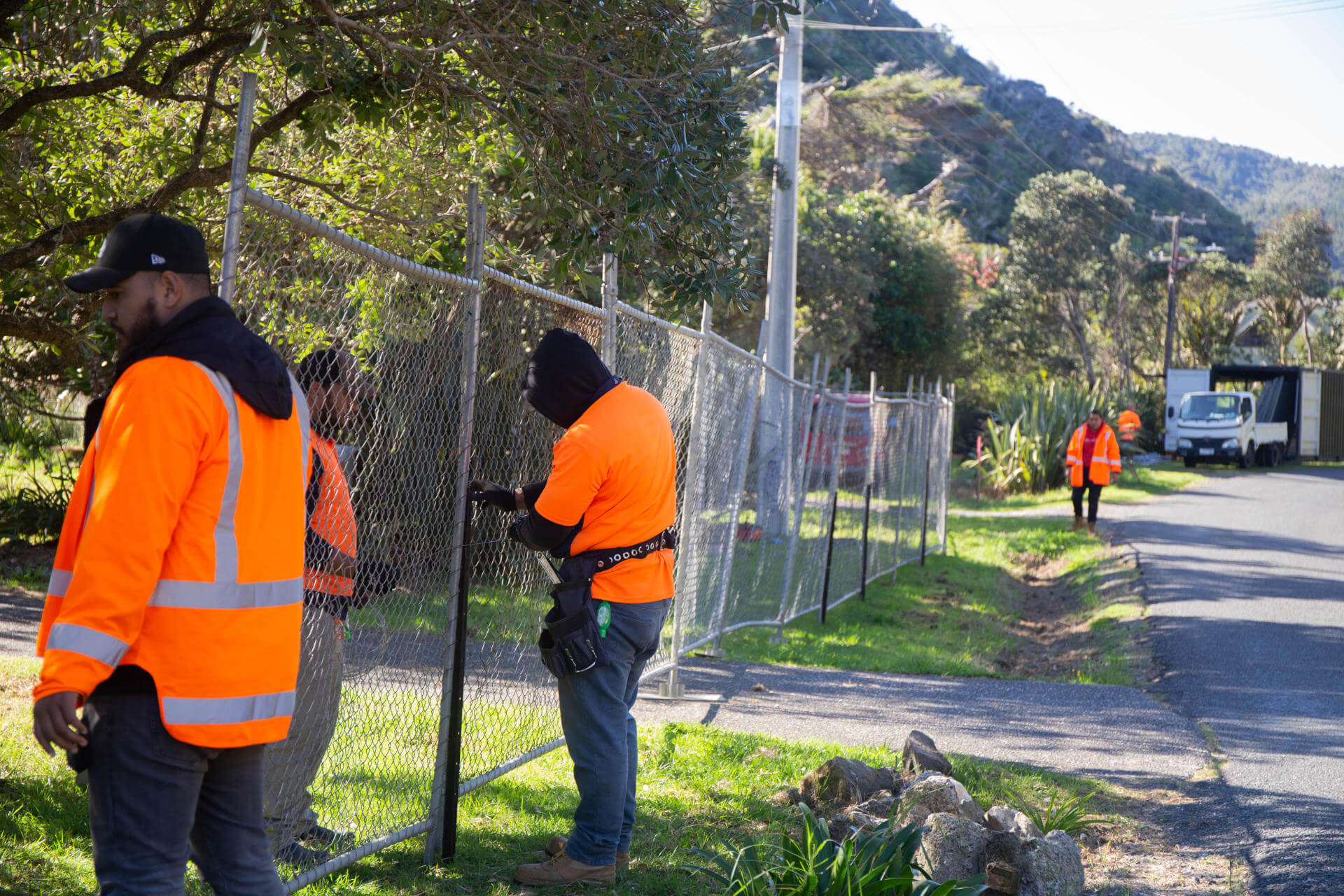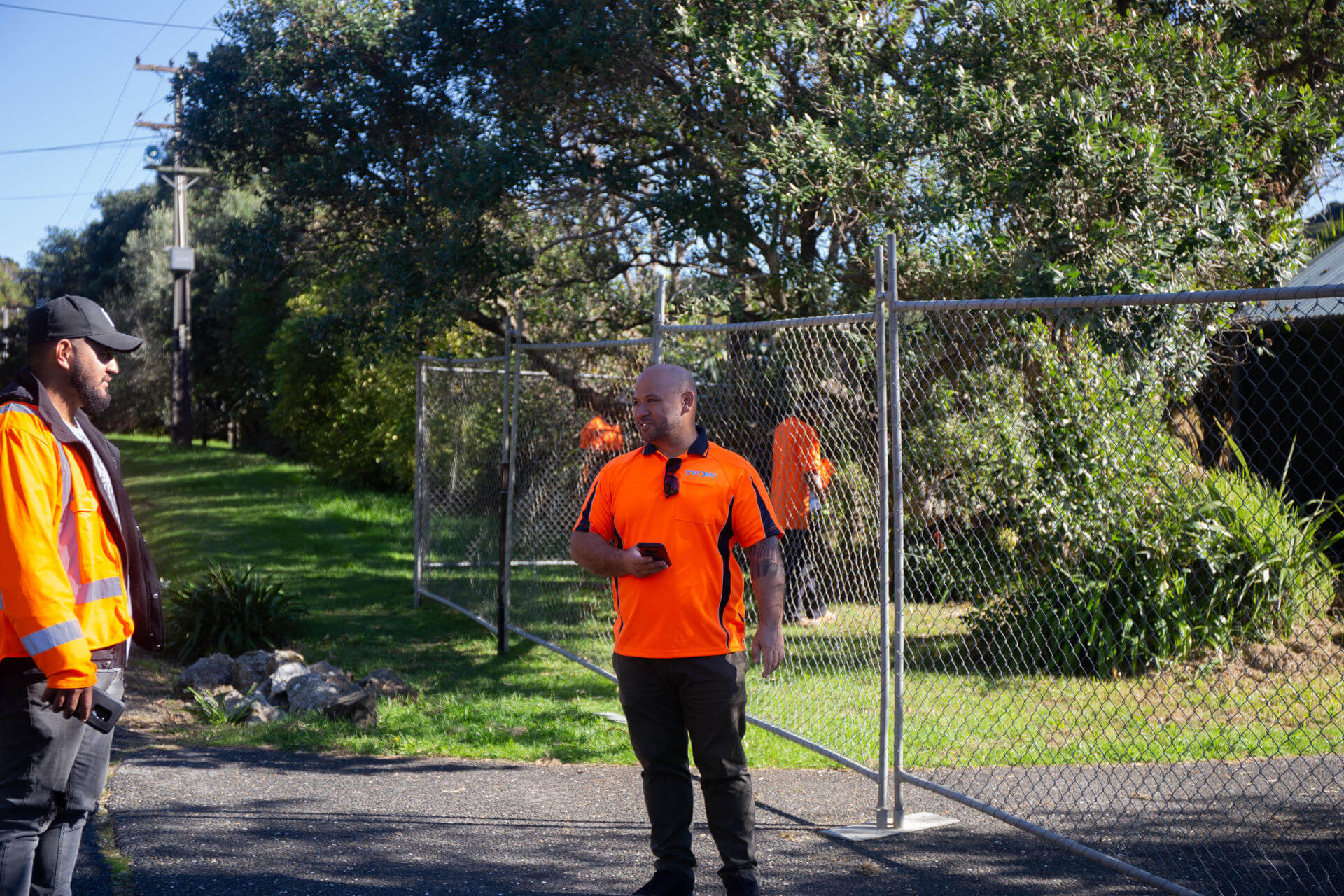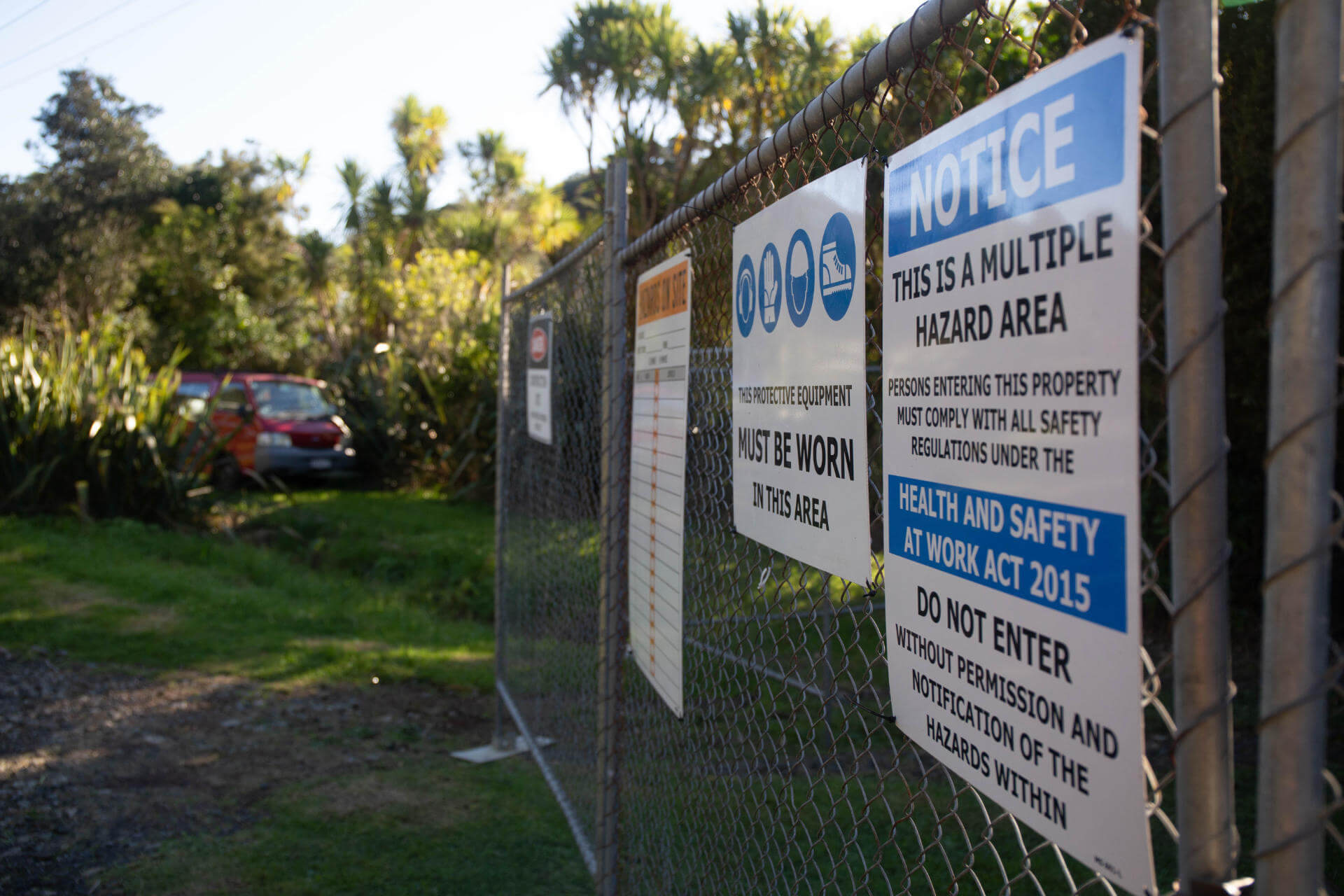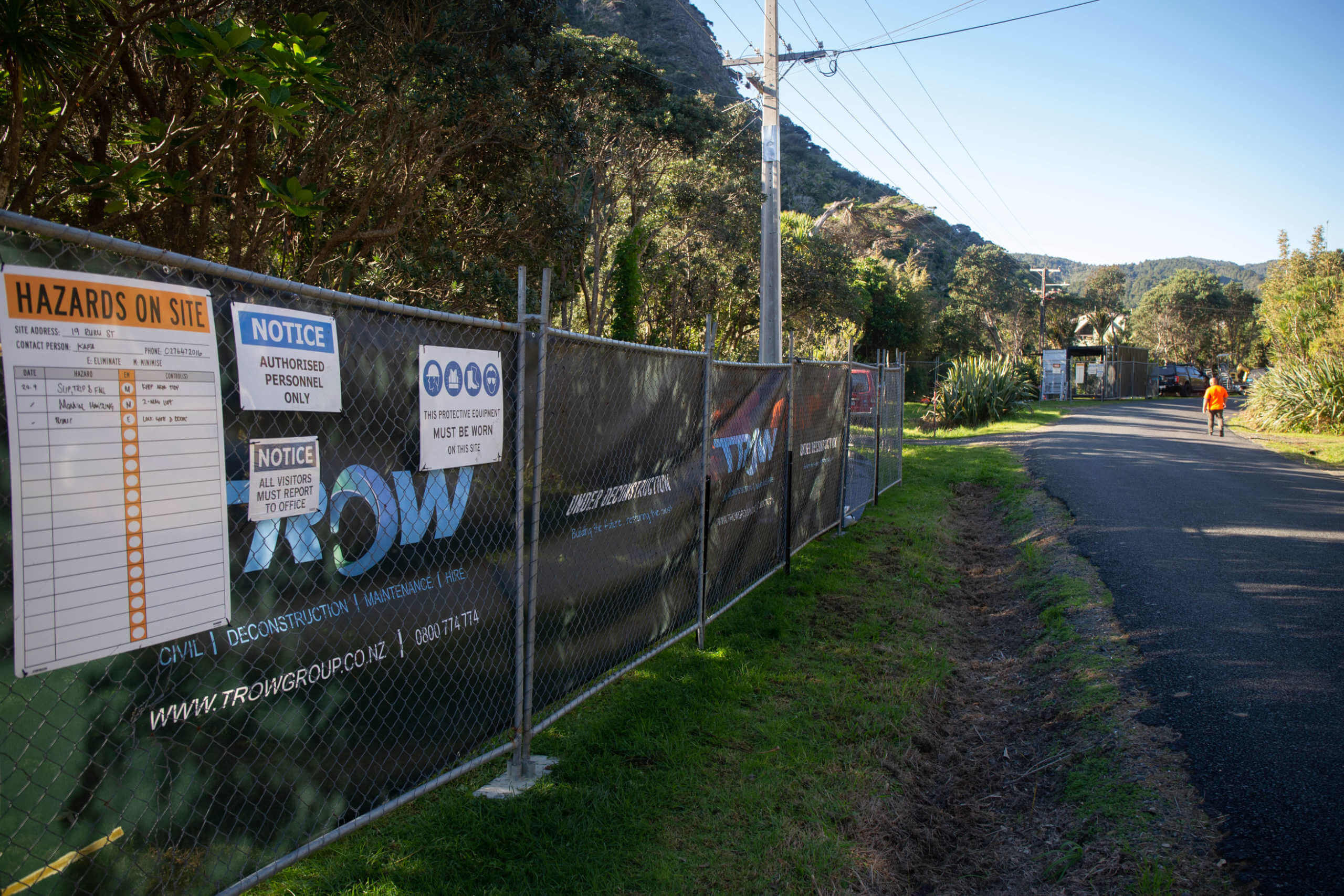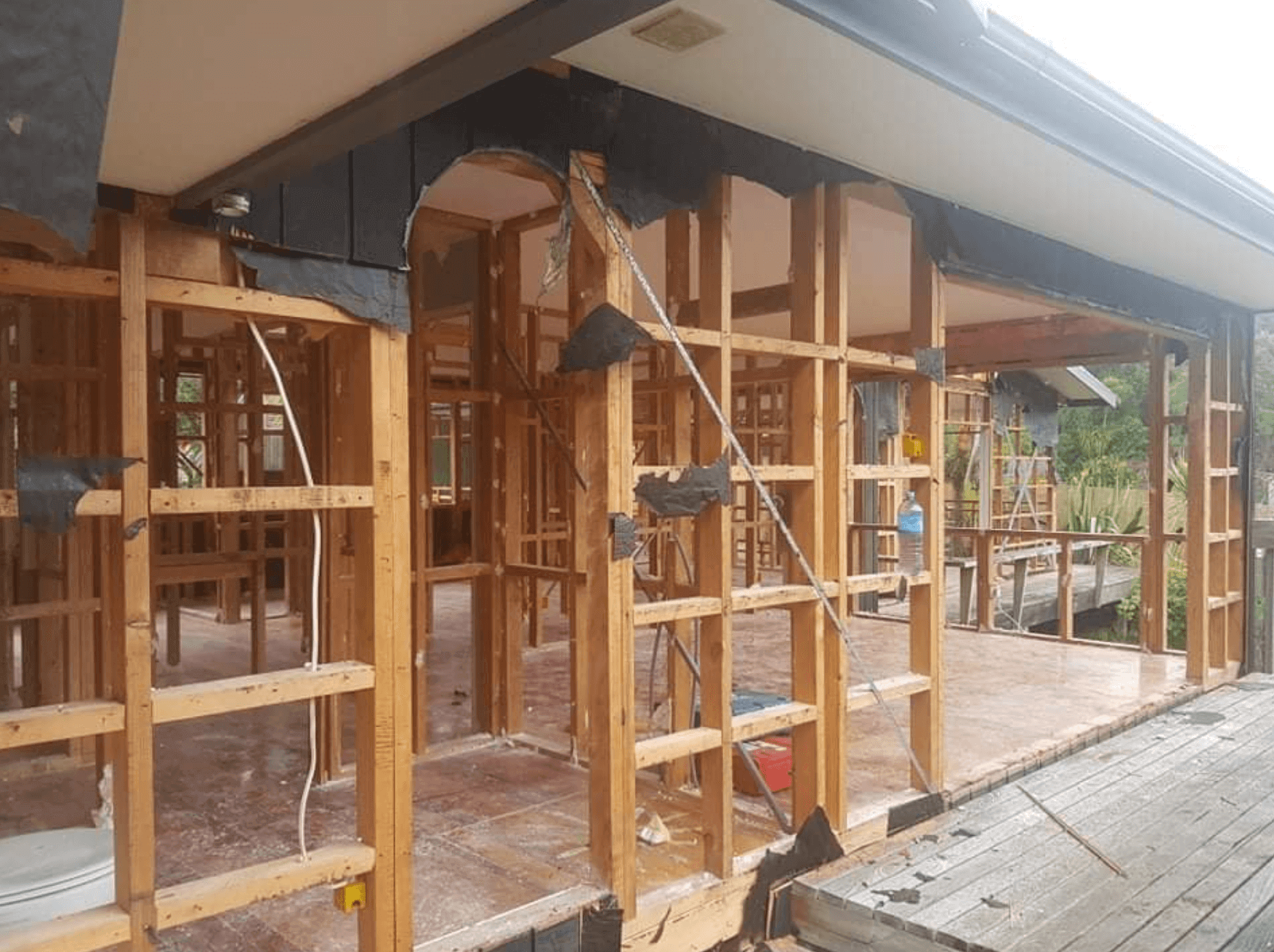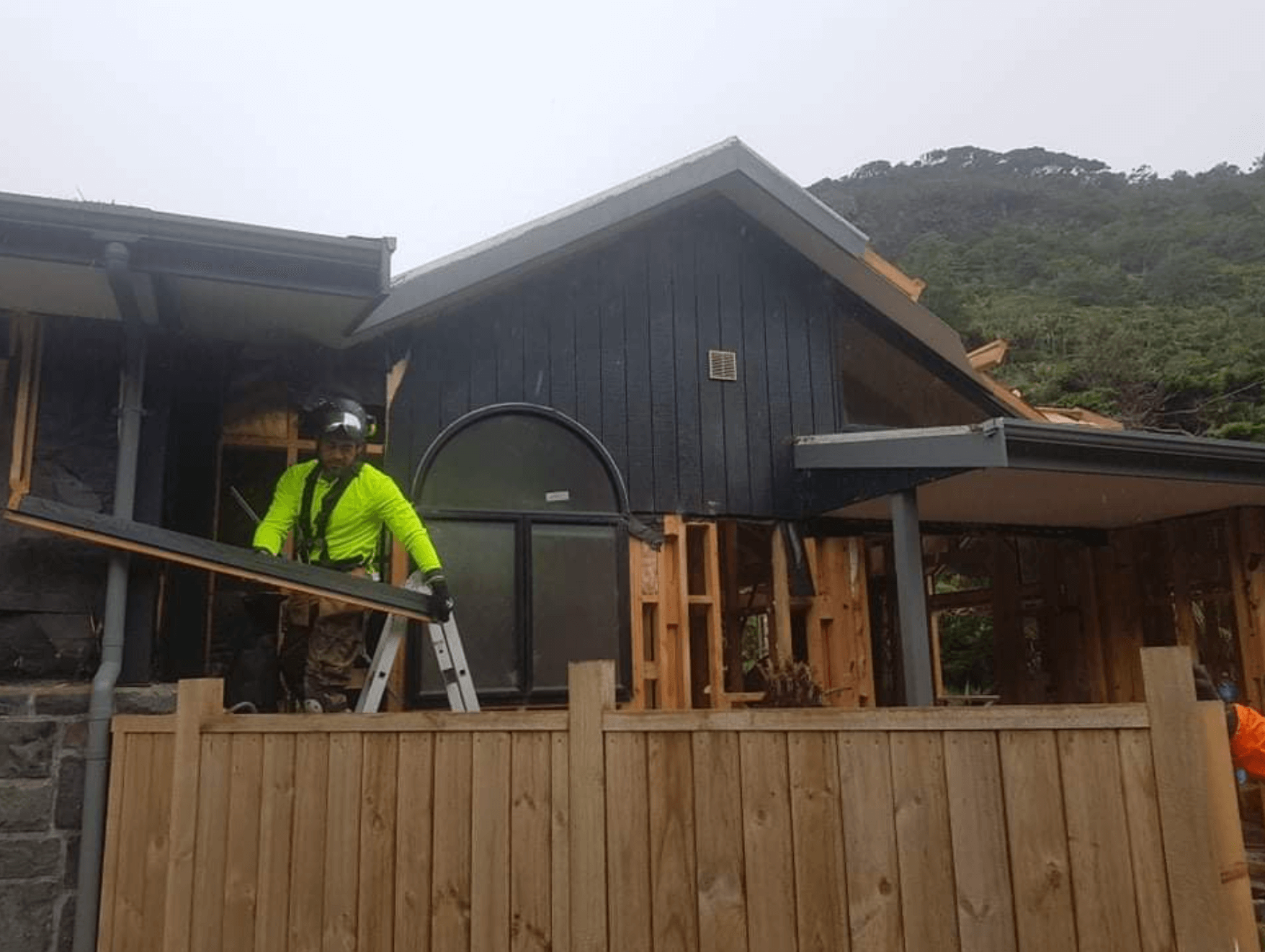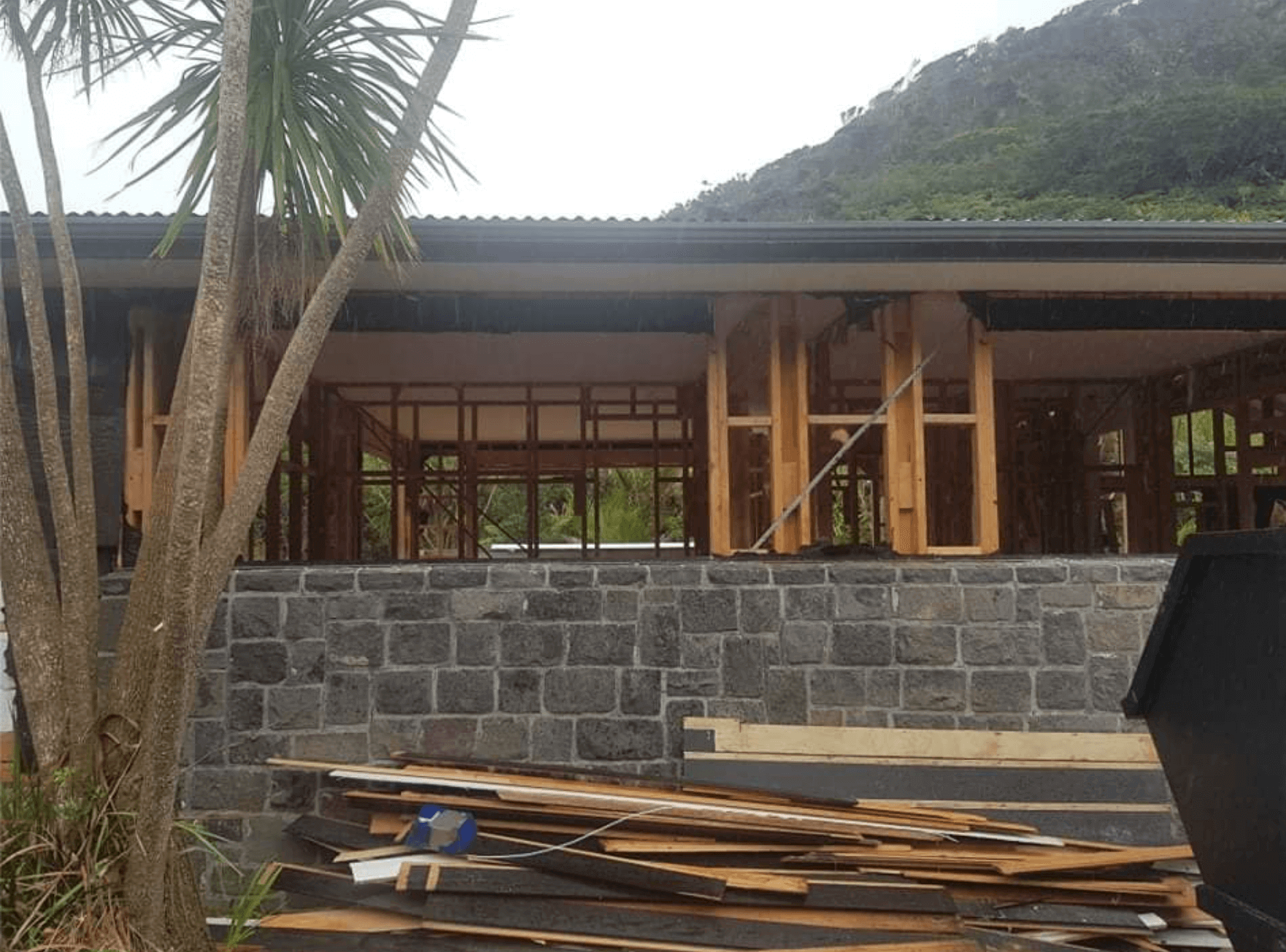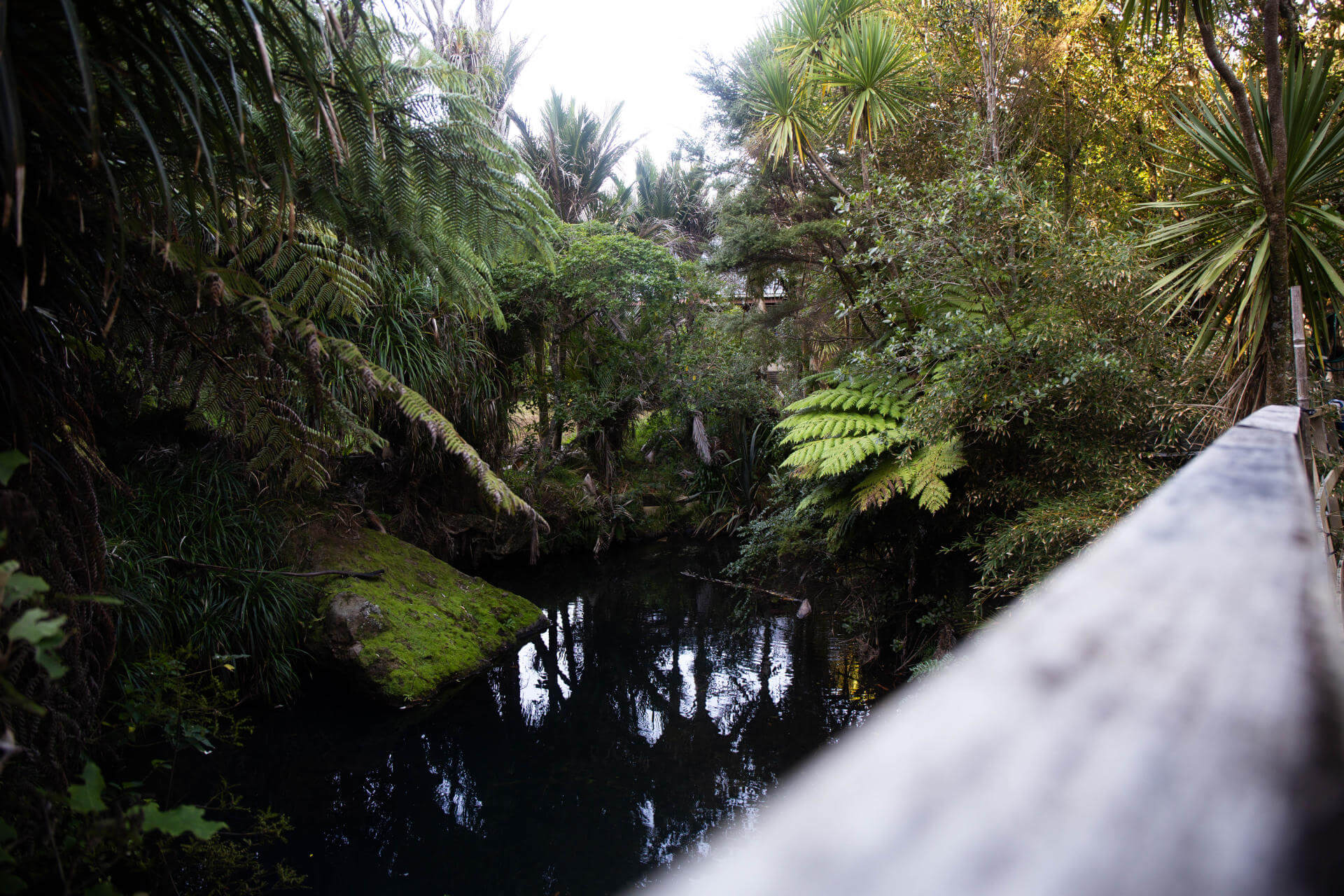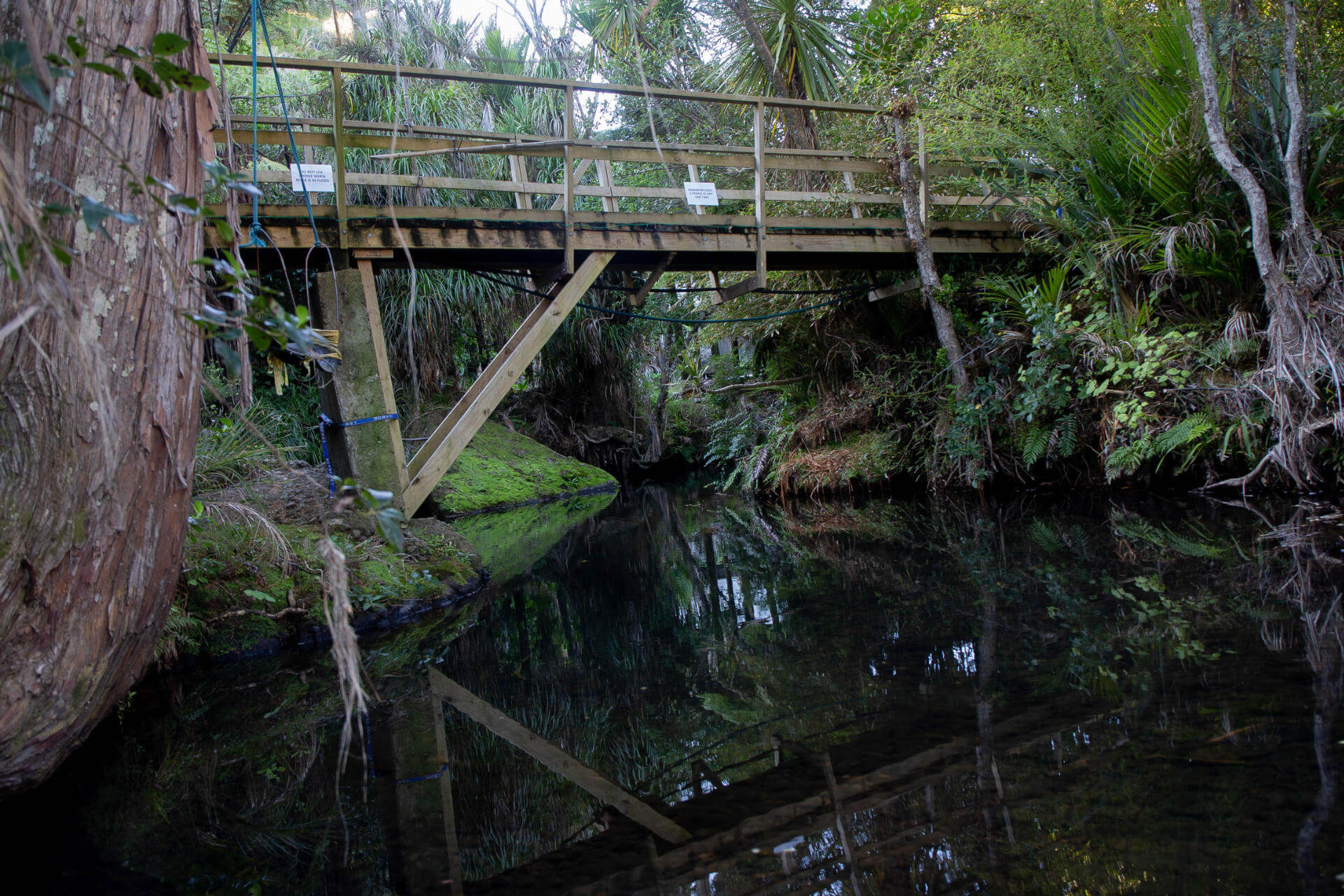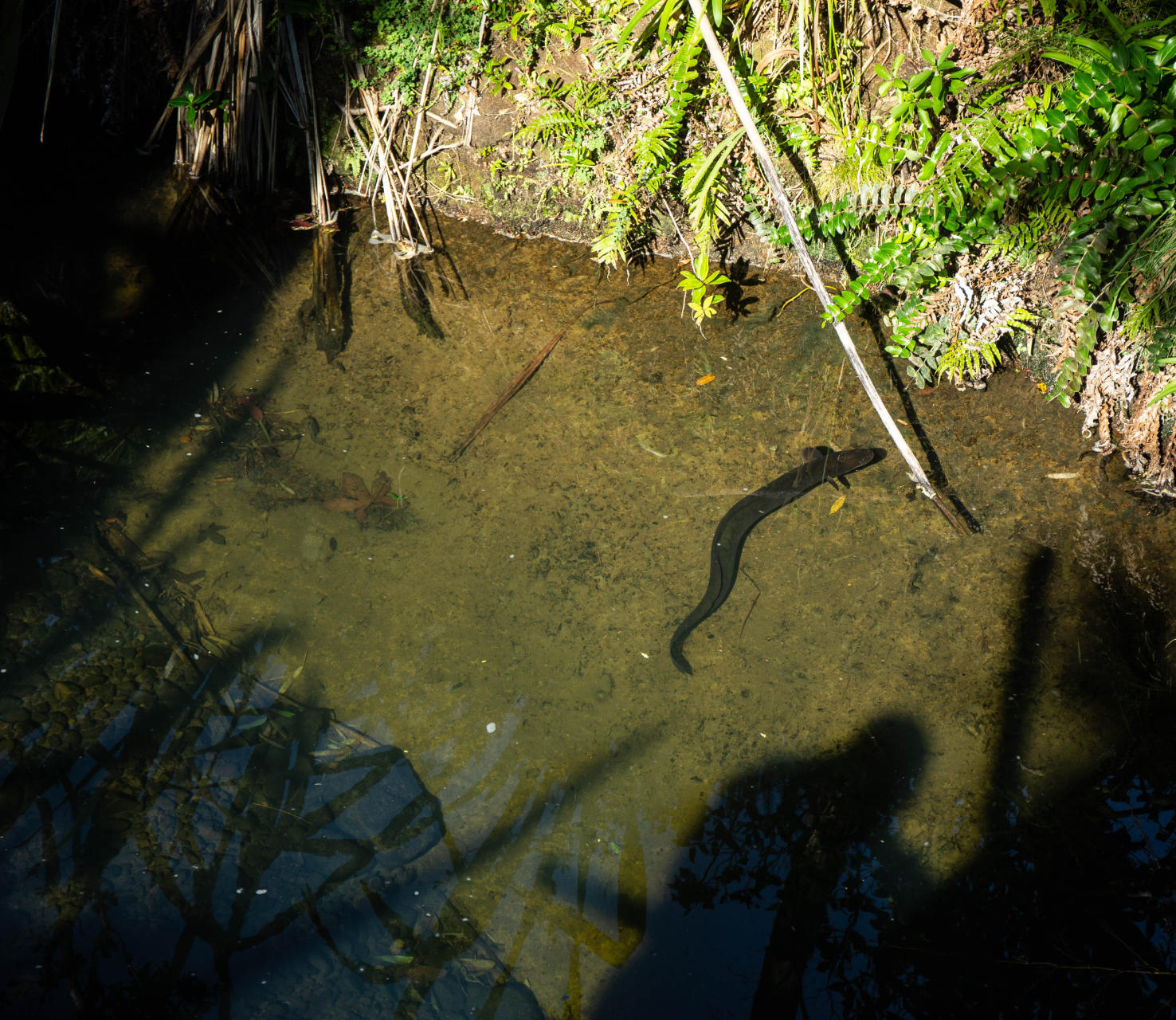Back
CASE STORY
Piha Flood Recovery
Heavy levels of rainfall in 2018 created flooding issues for residential properties along Glenesk Road in Auckland’s west coast community of Piha. Two properties, identified as unsafe in the event of another flood, were subsequentially purchased by Auckland Council.
In the past, the methodology for removing such homes would have been demolition. However, these homes presented an opportunity to implement a more sustainable approach. TROW Group implemented a careful deconstruction method to remove the homes and recover and reuse as many materials as possible within the Piha community.
TROW Group recovered 50 tonnes of materials and ensured they didn’t enter landfill. Some of the local community groups who benefited from the salvage operation included a permaculture garden, a local environmental group, Piha First Responders, two artists, McLaren Park and Henderson South Community Trust, and The Re-creators Upcycling Collective.
The deconstruction project did not disrupt local traffic because trucks weren’t required to remove the materials. The deconstruction process involves preserving materials so bulldozers aren’t used either, and the deconstruction process is therefore quieter than demolition.
In total, 7.9 tonnes of materials were distributed to community groups and residents in Piha, and only 3.8 tonnes of flood-ruined materials were sent to landfill. The remaining material was taken by TROW to its Swanson yard.
Here are some examples of how some of the remaining materials have been reused:
Polystyrene: Sent to Divert NZ. A ‘Landfill Avoidance Specialist’ that compacts the polystyrene and sends it overseas to be converted into plastics.
Metal: Sent to various processing facilities to be recycled back into products.
Concrete: Crushed to make various General All Passing (Gap) products.
Trusses and timber: Sent to Tonga to rebuild cyclone-prone
Back

